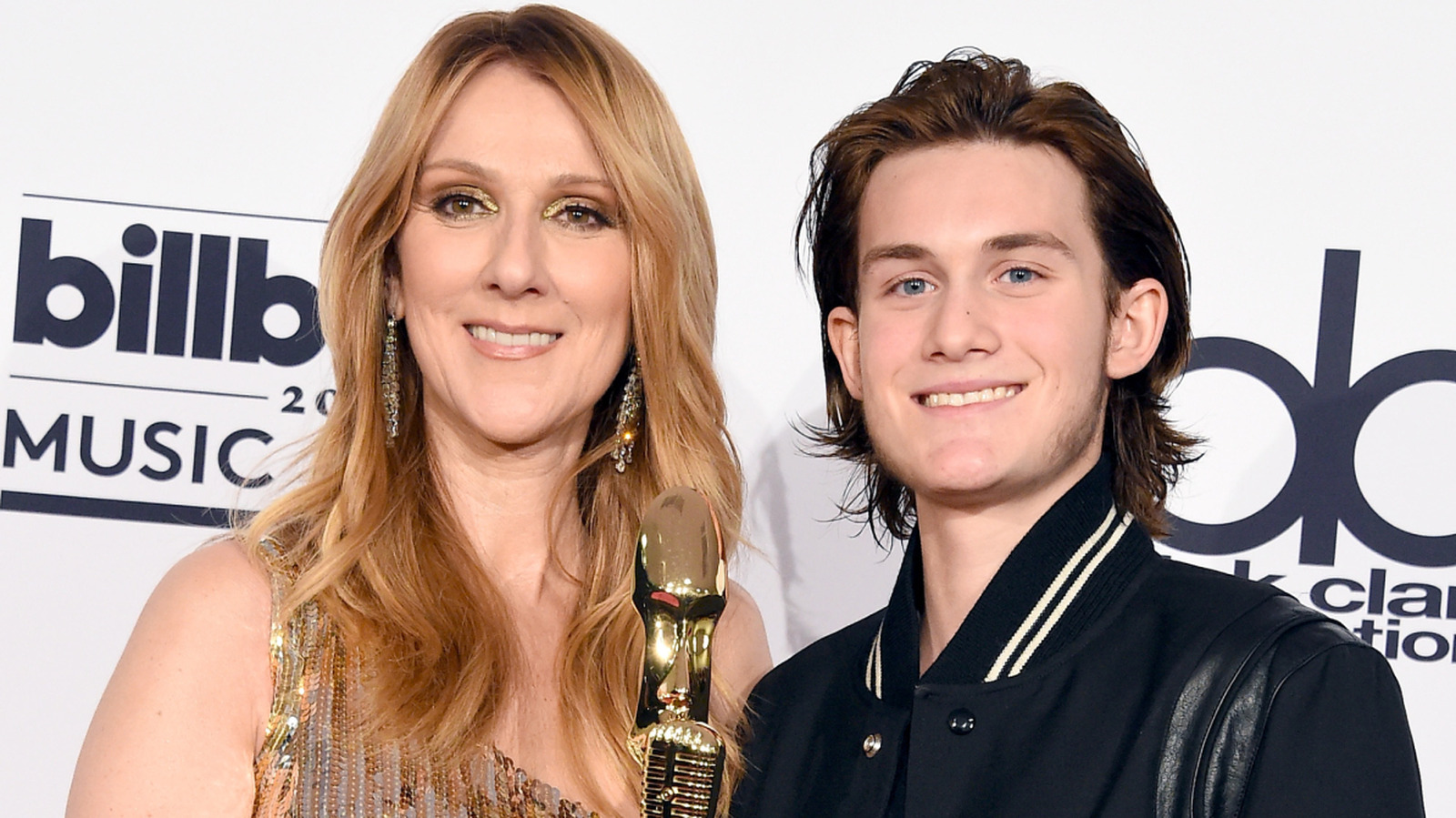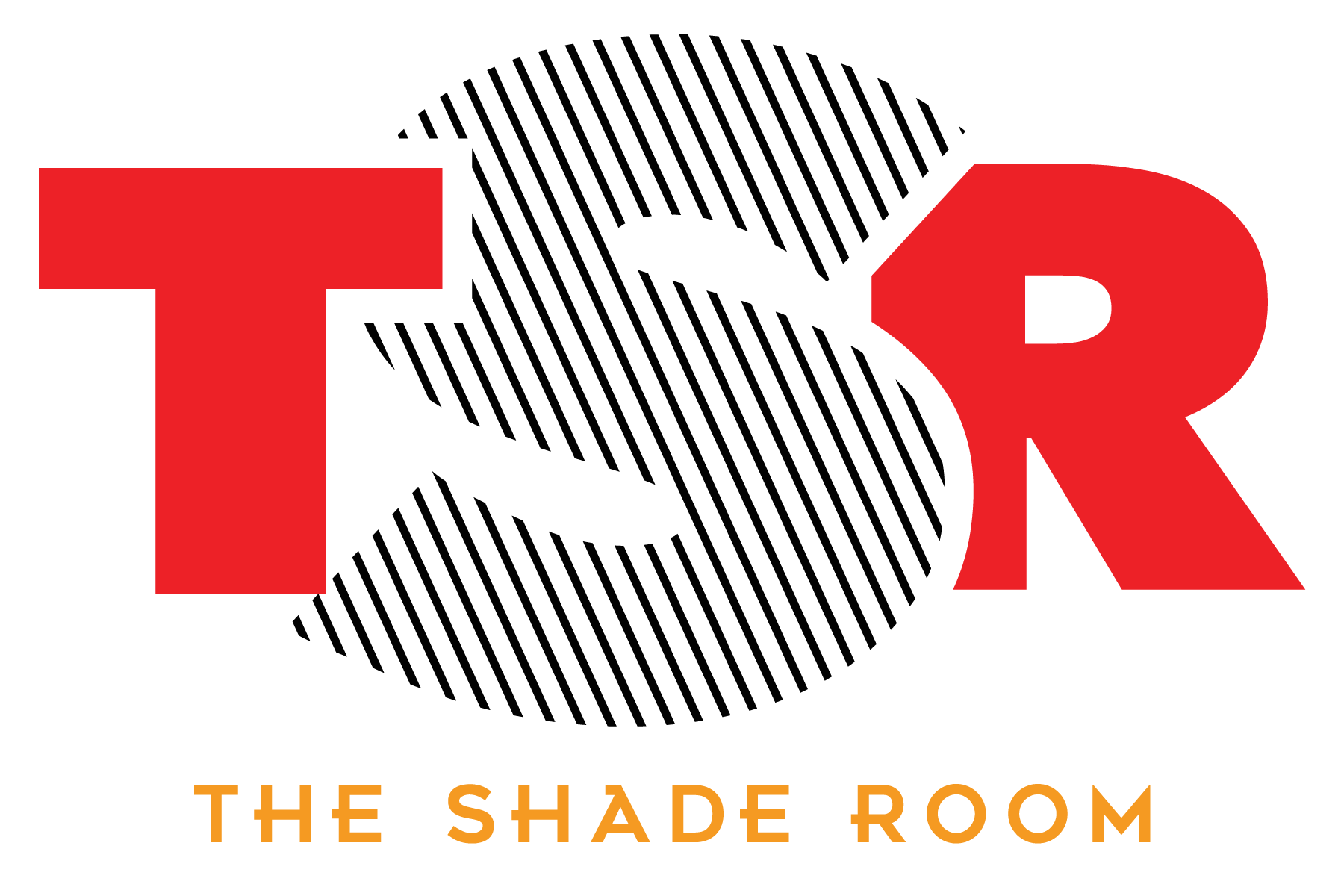It might be time for Boeing to give up on its space endeavors. The Starliner spacecraft’s first crewed test flight to the International Space Station (ISS) was marred by delays and technical glitches, prompting Boeing to consider selling its troubled program altogether.
Boeing is reportedly exploring the option of selling its NASA-related business, according to the Wall Street Journal. The publication cites sources familiar with the matter who said that the company wants to sell some parts of its space business, including the Starliner spacecraft, while keeping the components being built for NASA’s Space Launch System rocket.
Boeing’s newly appointed CEO, Kelly Ortberg, hinted at the possibility of Boeing parting ways with its space-related business during a recent earnings call, in which the company revealed an additional charge of $250 million to cover cost overruns for Starliner. “We’re better off doing less and doing it better, than doing more and not doing it well,” Ortberg is quoted as saying during the earnings call. “Clearly, our core of commercial airplanes and defense systems are going to stay with the Boeing company for the long run, but there’s probably some things on the fringe there that we can be more efficient with, or that just distract us from our main goal here.”
So far, Starliner has cost Boeing a whopping $1.85 billion in total losses. Under its $4.2 billion contract with NASA, Boeing retains full ownership of the Starliner spacecraft. NASA acts as a customer, purchasing round-trip missions to transport crew and cargo to the ISS. Over the past decade since Boeing was contracted by NASA, the company has failed to deliver one operational mission to the space station while its counterpart, SpaceX, has flown nine astronaut crews to the ISS.
After years of delays, Boeing finally launched a crewed test flight to the ISS but it was a total fiasco. The CST-100 Starliner launched to the ISS on June 5, carrying NASA astronauts Butch Wilmore and Sunni Williams. During its trip to the ISS, five of the spacecraft’s thrusters failed and the spacecraft developed five helium leaks, one of which was identified prior to liftoff. The spacecraft remained docked to the space station for three months as teams on the ground debated whether to return the crew on board Starliner.
Mission teams ran tests on the ground in the attempt to identify the main issue behind the thruster glitch before ultimately deciding to return an uncrewed Starliner and bring back the two astronauts on board SpaceX’s Dragon spacecraft. The spacecraft undocked from the ISS on September 6, leaving its crew behind. Wilmore and Williams, along with SpaceX’s Crew-9, will return to Earth in February 2025, having spent eight months on board the ISS as opposed to the original plan of an eight-day mission.
The failed test flight prompted NASA to delay Starliner’s next chance to launch to the ISS. The space agency had hoped that Starliner would launch its first operational mission by early next year, but instead booked SpaceX’s crew capsule for two missions in 2025. Once again, NASA was forced to rely on its more trusted commercial partner, SpaceX, leaving Boeing uncertain about the fate of its wonky spacecraft.
It would make sense, then, for the company to consider opting out of the toiling endeavor that has cost it millions thus far, and soiled its long-standing reputation in the space industry. When NASA first handed out its Commercial Crew Program contracts in 2014, Boeing was a well-known force in the industry while SpaceX was a relative newcomer. In 1969, three astronauts launched to the Moon as part of the Apollo 11 mission, propelled by a Boeing-built first stage booster for the Saturn V rocket. When it was first dreamed up in 2010, Starliner was inspired by the company’s history with the Apollo mission, but the spacecraft did not live up to its legacy, and may deliver the demise of Boeing’s space dreams.








)

/cdn.vox-cdn.com/uploads/chorus_asset/file/24774107/STK156_Instagram_threads_4.jpg)








 English (US) ·
English (US) ·